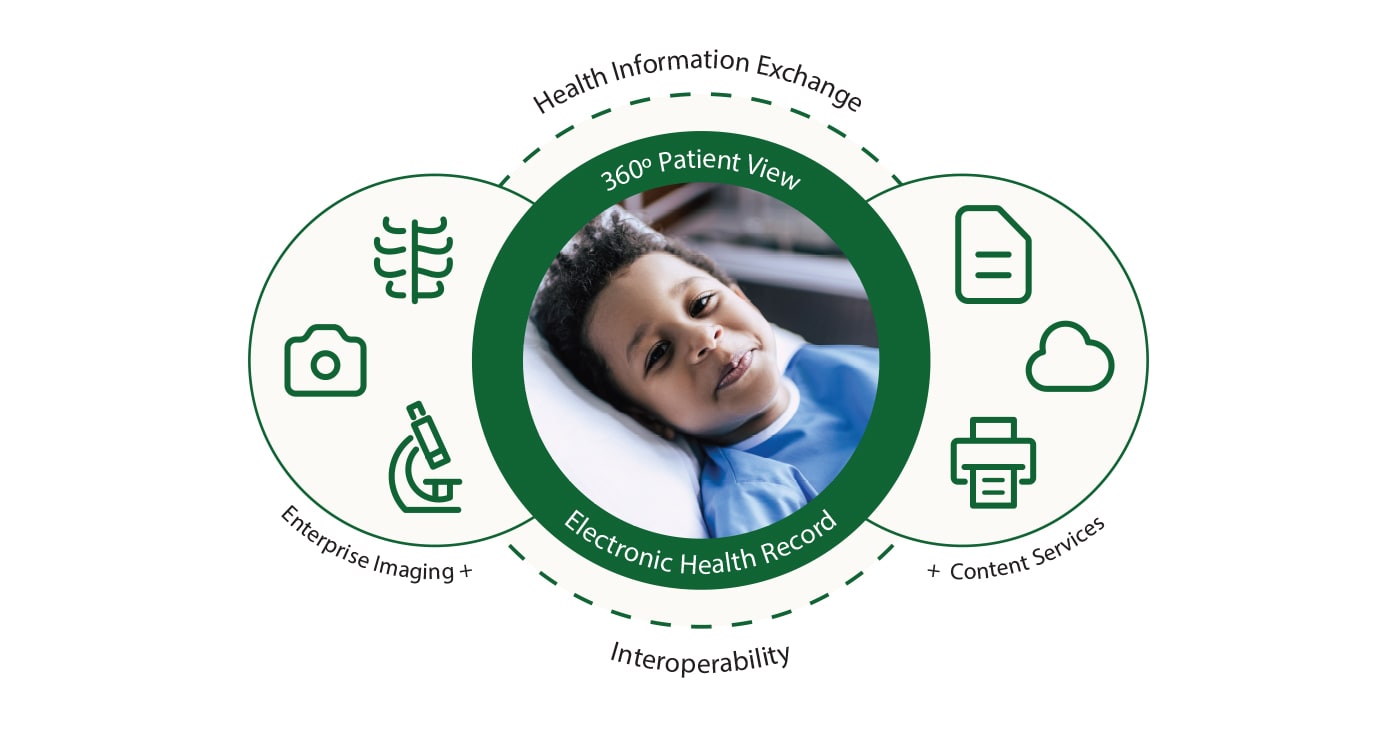Just How to Apply Healthcare RCM for a Smooth Earnings Cycle
Just How to Apply Healthcare RCM for a Smooth Earnings Cycle
Blog Article
A Comprehensive Overview on How Health Care RCM Works to Streamline Billing and Collections
Browsing the intricacies of health care income cycle management (RCM) is crucial for companies aiming to boost their payment and collections processes. The overview unloads the complexities of RCM, from individual enrollment to accounts receivable monitoring, providing insights right into optimizing each step.
Understanding Earnings Cycle Administration
RCM is an important management function that incorporates the whole monetary process of individual treatment, from the first appointment setting to the final payment of the equilibrium. It is an intricate procedure created to recognize, collect, and manage the income from the services provided to individuals.
The RCM process begins when an individual routines a consultation and expands with the individual's care trip, consisting of billing and collections. A crucial goal is to decrease the time between receiving and giving a solution repayment, therefore enhancing the company's financial health. RCM includes various features such as individual registration, insurance verification, cost capture, coding, declares entry, settlement uploading, and handling allures and denials.
Trick Elements of RCM
In the world of Profits Cycle Management (RCM), comprehending its key parts is essential to attaining monetary efficiency within healthcare companies. RCM is a detailed process that incorporates different stages, each essential to making sure effective payment and collections. The primary components include individual enrollment, insurance verification, cost capture, coding, claim entry, settlement uploading, and accounts receivable administration.


When coded, cases are sent to payers, where precision is extremely important to avoid delays or beings rejected - Healthcare RCM. Settlement posting involves tape-recording the gotten repayments, which permits for the reconciliation of accounts. Lastly, accounts receivable administration concentrates on tracking and resolving unpaid insurance claims, ensuring timely follow-up and resolution
Each element of RCM is interconnected, and ineffectiveness in any part can disrupt the whole cycle. Consequently, understanding these components is essential for doctor to optimize revenue and enhance their monetary wellness.
Techniques for Efficient Payment

Systematizing invoicing procedures across the company is one more essential strategy. Developing clear standards for paperwork, coding, and submission aids keep consistency and conformity with governing requirements. Educating personnel regularly on these treatments makes certain everybody is updated with the most up to date modifications in billing codes and payer plans.
Accurate cost capture is vital in stopping earnings leak. Implementing routine audits and surveillance systems enables the identification and adjustment of inconsistencies before they affect earnings. Furthermore, keeping open lines of communication with payers aids to rapidly resolve any kind of disputes or misconceptions that may develop.

Last but not least, interesting people early in the invoicing process by offering clear quotes and educational materials about their financial responsibilities can considerably reduce confusion and improve settlement timeliness. These approaches collectively contribute to an extra effective and financially healthy and balanced invoicing system.
Enhancing Collections Procedures
A robust collections procedure is important for maintaining financial security within healthcare companies. Given the complexities of clinical billing and the range of payer requirements, enhancing the collections procedure involves carrying out strategic actions that read this ensure precise and prompt payment of services made. Central to this is using technology to automate and enhance procedures, improving and minimizing hand-operated errors effectiveness. Automation devices can aid in tracking claim statuses, sending prompt suggestions to patients, and managing denials a lot more click resources effectively.
Clear and clear individual interactions are important. Providing in-depth explanations of charges and providing flexible repayment plans can increase person contentment and timely payments.
Normal audits of the collections process need to be performed to determine locations for enhancement and guarantee conformity with guidelines. By examining data, medical care organizations can identify fads, prepare for potential problems, and adapt strategies appropriately (Healthcare RCM). Inevitably, a well-enhanced collections process not just sustains financial wellness but likewise contributes to a more smooth experience for people and personnel alike
Optimizing Income Streams
Building upon the foundation of a strong collections process, medical care organizations can better bolster their monetary security by strategically enhancing earnings streams. This involves a multi-faceted method, starting with a comprehensive analysis of existing earnings resources to identify ineffectiveness and locations for growth. Utilizing sophisticated data analytics devices enables companies to acquire understandings right into payer mix, patient demographics, and service application patterns, permitting data-driven decisions that boost revenue capture.
Carrying out automated billing systems can dramatically minimize errors and speed up claims processing, guaranteeing that revenue is gathered much more effectively. In addition, enhancing payer agreements through routine settlements can enhance compensation rates and terms, directly impacting the lower line. Expanding solution offerings, such as integrating telehealth or wellness programs, can also attract a broader client base, therefore enhancing income possibility.
Another vital component is enhancing patient involvement and satisfaction, as completely satisfied individuals are more probable to follow therapy plans and make timely settlements. Using versatile payment alternatives and clear invoicing methods can enhance collections and foster client loyalty. Healthcare RCM. By adopting these techniques, healthcare companies can produce a more resistant monetary structure, ensuring continual growth and security in an ever-changing market landscape
Conclusion
Finally, medical care Income Cycle Administration (RCM) plays a critical function in optimizing payment and collections processes by incorporating essential parts such as client enrollment, insurance coverage verification, cost capture, coding, claims entry, and accounts receivable monitoring. By employing advanced innovation, systematizing procedures, and promoting person interaction, doctor can significantly minimize case rejections, accelerate settlement cycles, and boost money flow. This thorough strategy to RCM eventually leads to improved financial effectiveness and sustainability for healthcare organizations.
The RCM procedure begins when a patient schedules a consultation and extends with the person's treatment journey, consisting of payment and collections.Another important part is enhancing client interaction and complete satisfaction, as pleased people are more likely to adhere to treatment strategies and make prompt settlements. Supplying flexible payment choices and clear payment practices can improve collections and foster person loyalty.In final thought, medical care Revenue Cycle Administration (RCM) plays an essential function in optimizing invoicing and Related Site collections procedures by incorporating vital components such as client registration, insurance coverage verification, charge capture, coding, claims submission, and accounts receivable monitoring. By using innovative modern technology, systematizing procedures, and promoting person involvement, medical care service providers can considerably decrease claim rejections, increase repayment cycles, and enhance cash circulation.
Report this page